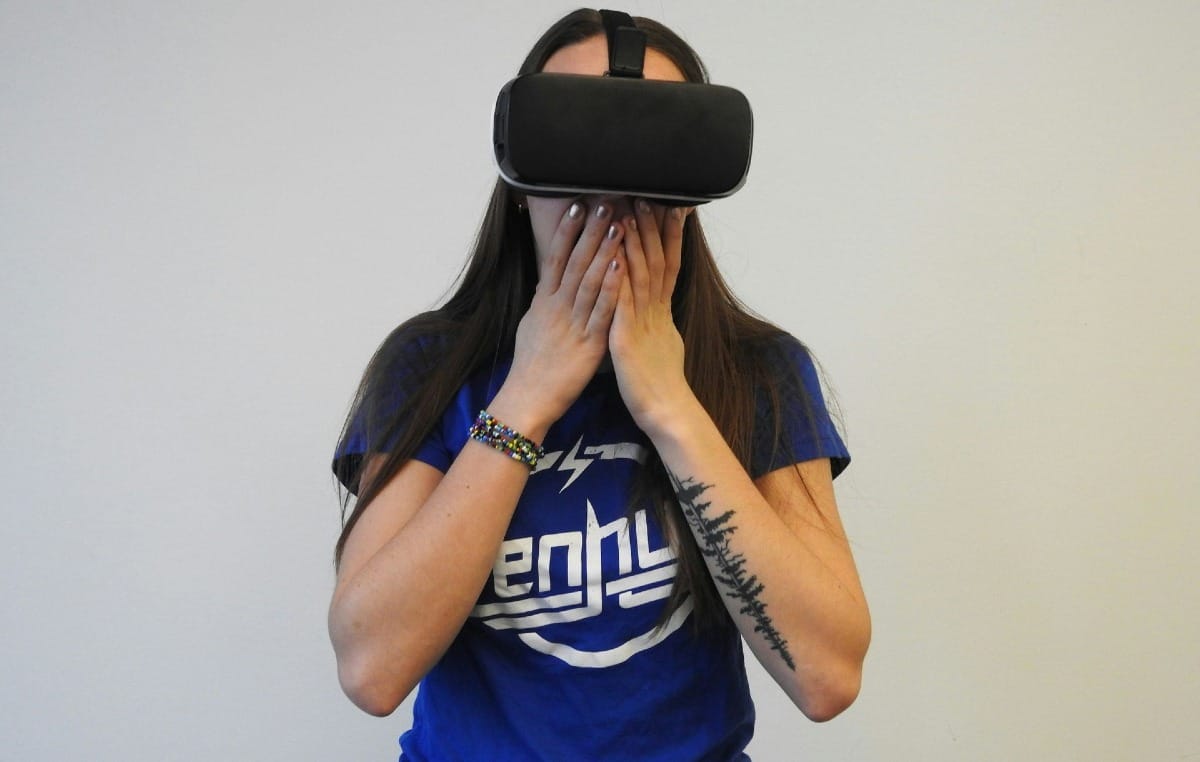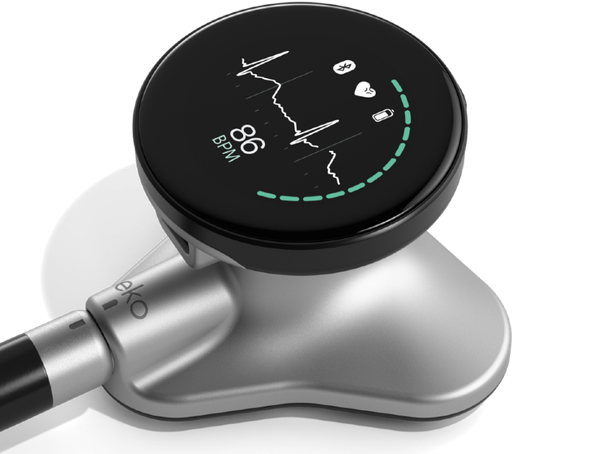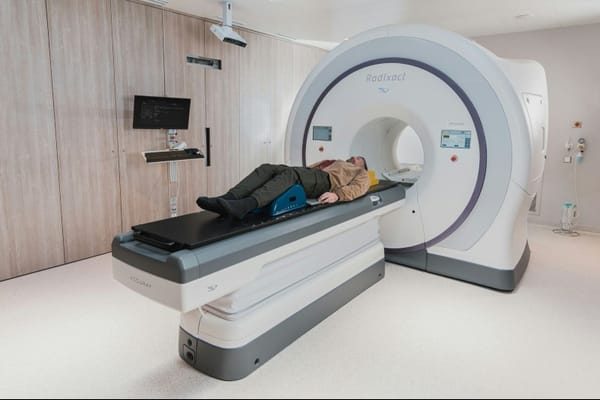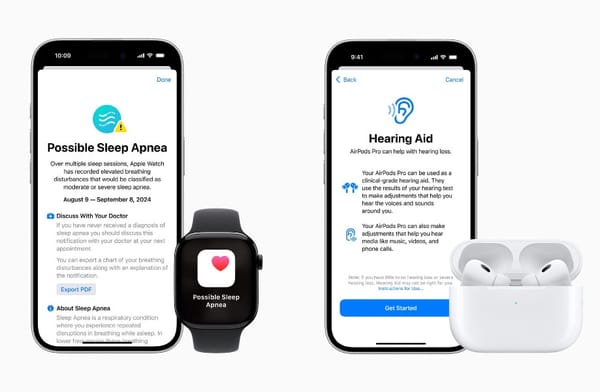Virtual Reality (VR) technology is transforming the landscape of mental health treatment, offering innovative solutions for anxiety disorders and Post-Traumatic Stress Disorder (PTSD). This article explores how VR therapy is revolutionizing traditional approaches to mental health care, providing immersive and effective treatments for patients struggling with these challenging conditions.
Key Takeaways:
- VR therapy offers a safe, controlled environment for exposure therapy.
- Studies show VR is as effective as traditional therapies for anxiety and PTSD.
- VR treatments can be personalized and easily repeated.
- The technology is becoming more accessible and affordable.
- VR therapy shows promise in treating a wide range of mental health conditions.
What is Virtual Reality Therapy?
Virtual Reality Therapy (VRT) is an innovative treatment approach that uses computer-generated environments to create immersive experiences for patients[1]. In VRT, individuals wear a headset that transports them into a virtual world where they can interact with their surroundings in a controlled, therapeutic setting.
VR Therapy for Anxiety Disorders
Anxiety disorders affect millions of people worldwide, impacting their daily lives and overall well-being. VR therapy has emerged as a powerful tool in treating various forms of anxiety, including:
Social Anxiety
For those struggling with social anxiety, VR can simulate challenging social situations, allowing patients to practice coping strategies in a safe environment. These virtual scenarios might include public speaking, job interviews, or crowded spaces[1].
Specific Phobias
VR is particularly effective in treating specific phobias, such as fear of heights, flying, or spiders. By gradually exposing patients to their fears in a controlled virtual setting, therapists can help individuals overcome their phobias more efficiently than traditional methods[2].
Generalized Anxiety Disorder
VR environments can be designed to help patients with generalized anxiety disorder practice relaxation techniques and mindfulness exercises. These immersive experiences can enhance the effectiveness of cognitive-behavioral therapy (CBT) approaches[1].
VR Therapy for PTSD
Post-Traumatic Stress Disorder (PTSD) is a complex condition that can be challenging to treat. VR therapy offers new hope for individuals struggling with PTSD by providing:
Controlled Exposure
VR allows therapists to recreate traumatic scenarios in a safe, controlled environment. This enables patients to confront and process their traumatic memories without the risks associated with real-world exposure[3].
Gradual Desensitization
Therapists can adjust the intensity of virtual experiences, allowing for a gradual approach to exposure therapy. This can help patients build resilience and coping skills at a pace that feels manageable[3].
Military Applications
VR therapy has shown particular promise in treating combat-related PTSD. Virtual environments can simulate battlefield scenarios, helping veterans process their experiences and reduce symptoms[1].
The Science Behind VR Therapy
Research has demonstrated the effectiveness of VR therapy in treating anxiety disorders and PTSD. Studies have shown that:
- VR exposure therapy is as effective as traditional in vivo exposure for treating specific phobias[2].
- VR-based treatments can lead to significant reductions in PTSD symptoms, comparable to other evidence-based therapies[3].
- The immersive nature of VR can increase engagement and motivation in therapy, potentially leading to better outcomes[1].
Advantages of VR Therapy
VR therapy offers several advantages over traditional treatment approaches:
Controlled Environment
Therapists have complete control over the virtual environment, allowing them to tailor experiences to each patient's specific needs and adjust the intensity as needed[1].
Repeatability
Virtual scenarios can be easily repeated, allowing patients to practice coping skills multiple times without the logistical challenges of real-world exposure[2].
Privacy and Convenience
VR therapy can be conducted in the privacy of a therapist's office or even remotely, making it more accessible and convenient for patients[1].
Cost-Effective
While initial setup costs may be high, VR therapy can be more cost-effective in the long run compared to organizing real-world exposure scenarios[2].
Challenges and Limitations
Despite its promise, VR therapy does face some challenges:
Technology Barriers
Some patients may experience discomfort or motion sickness when using VR headsets. Additionally, the cost of high-quality VR equipment can be a barrier for some clinics[1].
Limited Research
While studies have shown promising results, more long-term research is needed to fully understand the efficacy of VR therapy compared to traditional treatments[3].
Therapist Training
Effective use of VR in therapy requires specialized training for mental health professionals, which may not be widely available yet[1].
The Future of VR in Mental Health Care
As technology continues to advance, the potential applications of VR in mental health treatment are expanding. Future developments may include:
- More sophisticated and realistic virtual environments
- Integration with other technologies, such as biofeedback sensors
- Wider availability of VR therapy in clinical settings and for home use
- Application to a broader range of mental health conditions
Conclusion
Virtual Reality Therapy represents a significant leap forward in the treatment of anxiety disorders and PTSD. By offering immersive, controlled, and repeatable experiences, VR has the potential to enhance the effectiveness of traditional therapies and make treatment more accessible to those in need. As technology continues to evolve and research progresses, VR therapy is poised to play an increasingly important role in the future of mental health care.
While VR therapy shows great promise, it's important to remember that it should be used under the guidance of trained mental health professionals. If you're struggling with anxiety or PTSD, consult with a healthcare provider to determine if VR therapy might be an appropriate treatment option for you.
Citations:
[1] https://www.ncbi.nlm.nih.gov/pmc/articles/PMC6659125/
[3] https://www.ncbi.nlm.nih.gov/pmc/articles/PMC5421394/
[4] https://spiritvr.co.uk/virtual-reality/the-transformative-potential-of-virtual-reality-therapy-vrt/
[5] https://www.linkedin.com/pulse/revolutionizing-mental-health-power-virtual-reality-l-henrique-bueno















Member discussion